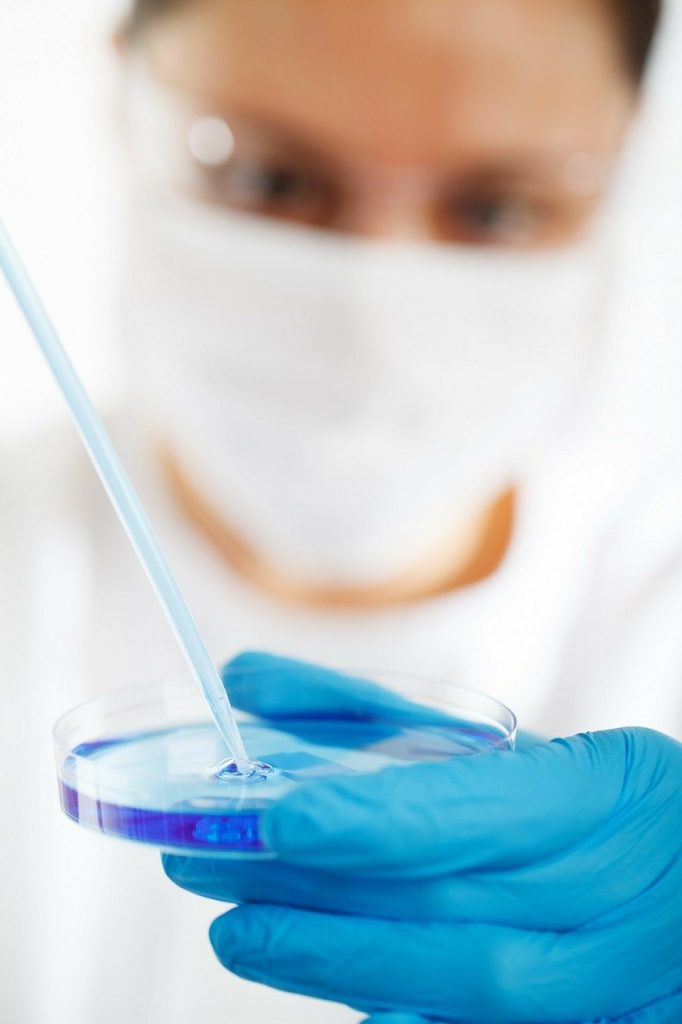Biotechnology research regularly uses protein engineering techniques. It is typically done in an effort to either design or modify proteins. Proteins can be modified or designed if they are required for special applications in the biotechnology industry.

Scientists use techniques that make sure that proteins are first isolated before undergoing the process of purification. It is done to allow proper studies to be conducted on the specifications and conformations of the substrate. Furthermore, the reactions between proteins and other ligands are studied as well as enzyme-specific activity. Ligands are the proteins which attach to other special receptor proteins.
The level of purity after proteins undergo purification typically depends on the demand of that specific protein. A simple crude extract is enough in some situations. For other applications, however, such as in the food industry and pharmaceuticals, a higher purification level will obviously be necessary. That’s why several purification techniques are required to achieve a desired level of purity. ada response.
Strategy Development
Every step in the process of protein purification reduced the product content. It is the reason why the ideal purification strategies are those that result in the highest level of purification with the least number of steps.
The steps involved in the process, however, typically depend on the size, charge, solubility, as well as other properties of the protein in question. Hence, the following procedures are actually better suited to the purification of proteins, which are single cytosolic. Cytosolic protein complexes, on the other hand, require different techniques.
Crude Extract Preparation
Preparation of the crude extract is the first major step in the purification of intracellular proteins. Intracellular proteins are those existing inside the cell. Crude extracts typically contain a very complex protein mixture that comes from the cell cytoplasm along with nutrients, cofactors, and macromolecules.
After crude extract is prepared, it is used in a variety of biotechnology applications. A set of subsequent steps have to be undertaken if purity is an issue. The protein extracts that are prepared are done through the removal of cellular debris. Cell lysis is used to create this and is achieved by using chemicals, enzymes, a French Press, or sonication.
Removal of Debris from a Crude Extract
To remove debris from the extract, it needs to undergo centrifugation. Once the process is complete, the supernatant will be recovered successfully. In the case of extracellular preparations, proteins are obtained naturally once cell removal happens during the process of centrifugation.
Thermostable enzymes are needed for some biotechnology practices. Thermostable enzymes are the type that’s capable of withstanding the highest temperatures without being denatured. This type of enzyme also maintains a high level of activity.
Intermediate Steps in Protein Purification
The vast majority of modern biotechnical protocols have thus far made use of kits available on a commercial level. Moreover, they have also used techniques designed at offering a more readymade solution for most standard procedures. Protein purification often involves the use of gel-filtration columns and filters.
Dialysis Kit
If you use the dialysis kit, you need to follow the instructions provided by the kit. The instructions ensure that the right amount of solution is used followed by the right waiting time. A waiting time is specified by the kits to ensure that the eluant is of the right concentration when it is put in a clean test tube.
Chromatographic Methods
It is a method carried out using either bench-top columns or automated HPLC equipment. When using the HPLC, reverse-phase, ion exchange, or the size exclusion method is used. A diode array or laser technology is used to detect the samples that are obtained.
